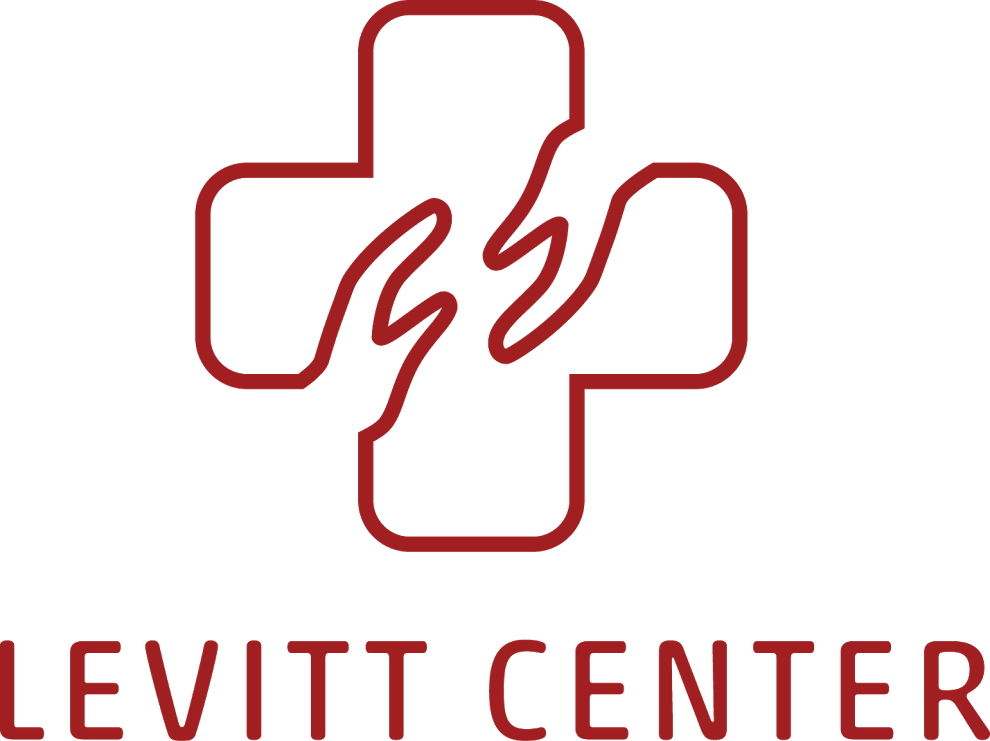Lynton Scholar Catherine Wolff, MS, Reflects on the SEM Consensus Conference, September 2017
The Walls of Medicine
In September, a group of incredibly accomplished, kind, thoughtful, and inspiring emergency medicine physicians gathered to start the process of defining a new focus within emergency medicine: social emergency medicine. Many of those present had been fighting for years to achieve some sort of momentum around their passionate belief that emergency medicine must both acknowledge and address the social context within which patients live in order to provide them the care they need. Health is influenced by factors at all levels, from geopolitical to microscopic. At some point in the evolution of healthcare in our country, lines were drawn to define which of these factors fell within the domain of “medicine”, and therefore were the responsibility of healthcare providers to address. These boundaries favored things that could be isolated and studied in laboratories, and interventions that could be completed on a timescale ranging from minutes to hours. Any factor influencing health outside of those boundaries, such as poverty, structural racism, or violence, was considered to be primarily a societal issue, not a health issue.
The problem with this compartmentalization is that what falls within the traditional definition of medicine is limited in its potential impact; as few as 10-15% of deaths could be prevented with better medical care.1 On the other hand, around a third of all deaths are attributable to social factors.2 Their impact on health is even greater when one considers that social determinants may influence behaviors that account for another third of all deaths.2 Patients aren’t the only ones harmed by this myopic focus; the difficulty associated with treating patients significantly burdened by social issues can contribute to burnout, which affects more than half of all emergency physicians.3
These walls around what constitutes “medicine” are socially constructed, and it is long past time to rethink where we put them, for the good of patients, providers, and society at large. September’s Inventing Social Emergency Medicine consensus conference was an embodiment of the momentum generated by the tireless efforts of those pushing back against the walls of medicine. It also served as a significant moment within the specialty of emergency medicine; the creation of a community where those interested in thinking more broadly about how emergency medicine can improve patient health could turn to find support and collaboration. While the first conference of its kind, it felt somewhat like a homecoming; there was a spirit of welcoming and excitement infusing the proceedings. One speaker commented that he’d never before been part of a conference where kindness was such a prominent feature.
In the time since the conference I’ve found the mere existence of this community, and my exposure to it through the generosity of the Lynton family, to be incredibly fortifying. As a MD/PhD student at Duke and UNC I’m fortunate to be receiving some of the best clinical and epidemiological training available, but I don’t often encounter those in either institution who share my particular blend of interests. More than once I’ve struggled to explain how public health, social epidemiology, and health policy fit with emergency medicine, and why I’m so committed to focusing on upstream causes of disease, even though I’m not going into primary care. Knowing that there’s a community of smart, passionate emergency physicians who share these interests is welcome and much-needed validation and motivation as I push through my dissertation and final year of medical school. I’m excited to see how this incredible group of people changes emergency medicine to better serve our patients and communities, and I’m eagerly looking forward to joining them.
- McGinnis, J. M., Williams-Russo, P., & Knickman, J. R. (2002). The case for more active policy attention to health promotion. Health Affairs, 21(2), 78-93.
- Galea, S., Tracy, M., Hoggatt, K. J., DiMaggio, C., & Karpati, A. (2011). Estimated deaths attributable to social factors in the United States. American Journal of Public Health, 101(8), 1456-1465.
- Peckham, C., & Grisham, S. (2017). Medscape lifestyle report 2017: Race and ethnicity, bias and burnout. Available at: https://www.medscape.com/features/slideshow/lifestyle/2017/overview. (Accessed October 26, 2017).
